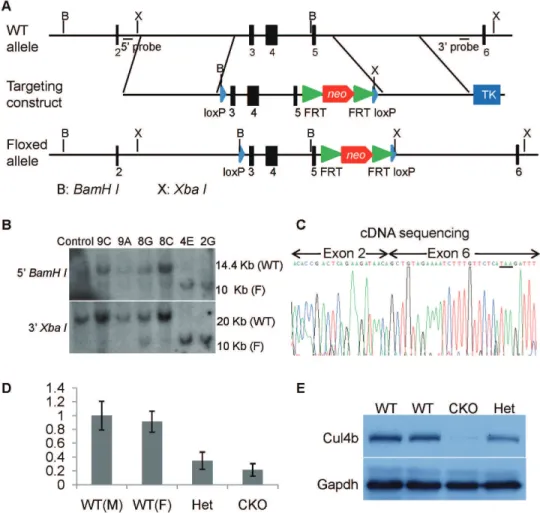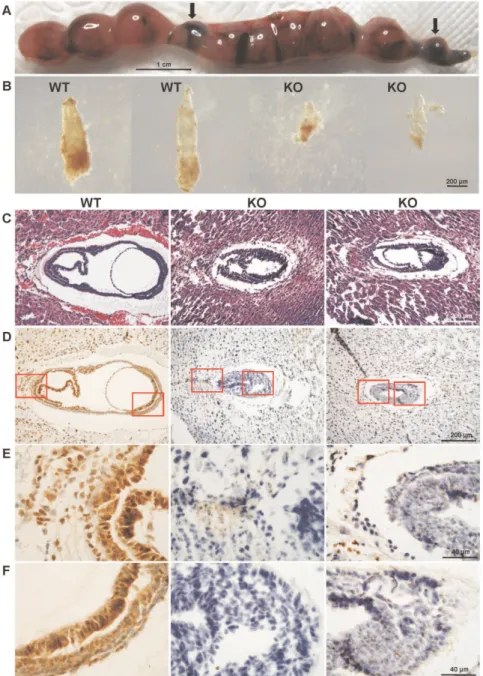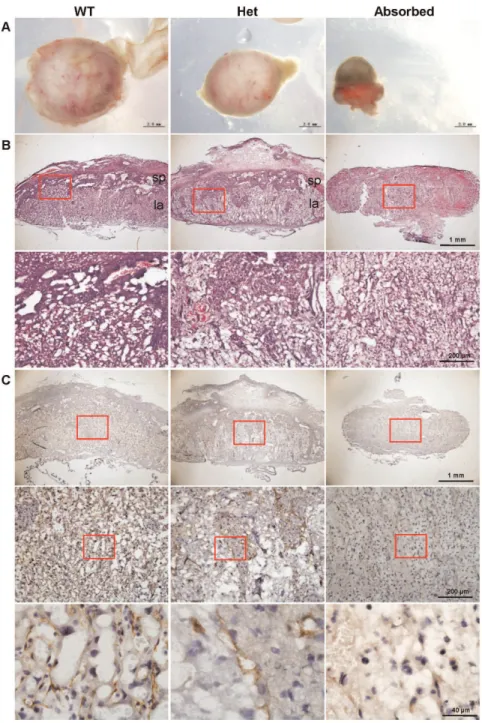Lack of Cul4b, an E3 ubiquitin ligase component, leads to embryonic lethality and abnormal placental development.
Texto
Imagem



Documentos relacionados
Walton and Walton (1970a) indicated that in most bats the thoracic vertebrae lack spinous processes, but in some species analyzed in this study, different degrees of development
Some eggs had not completed their development and different development stages were to be found in the same egg mass; embryos in the initial stage of development and
Using different planting dates in different years was a measure performed in order to foster development and growth of earliest leaves in different temperature and
During chicken embryos development, SCRATCH2 is expressed in embryonic neuronal precursor cells in early differentiation in the neural tube.. In mice, SCRATCH2 is expressed in
Since let-418 and mep-1 were proposed to repress the germline potential in somatic cells during embryonic and early larval development [27] and our own observation), we were
To investigate the effects of Scriptaid treatment on mRNA and protein expression during early embryonic development, the expression levels of development-related genes and proteins
A clinical diagnosis based in very typical disease is probably correct: a patient with repeated episo- des of podagra and hyperuricemia most likely has gout; an acute episode of
found that in Ring1b-deficient ES cells key developmental genes were derepressed, including a subset of genes bound by stem cell regulators Oct4 and Nanog, suggesting that